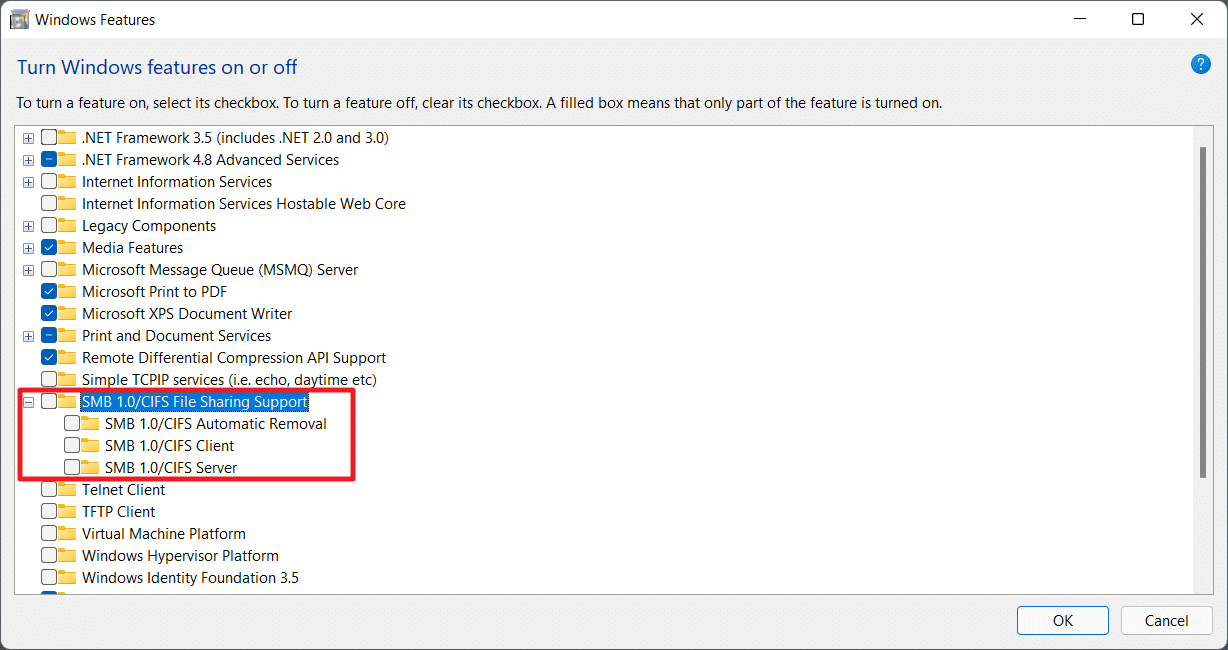Microsoft will disable the SMB1 client in Windows this year
Microsoft announced plans to disable SMB1 (Server Message Block) in Windows this week. The SMB1 protocol was created in 1983 at IBM, and Microsoft began phasing out support for the product in 2017 with the release of the Fall Creators Update for the company’s Windows 10 operating system.
Microsoft stopped installing the SMB1 server service on all editions of Windows at that time, but kept the SMB1 client service installed on Windows Home and Pro editions. Support was not removed from these editions because Microsoft wanted Windows users to those versions of Windows would connect to “the vast fleet of third-party consumer and small business NAS devices” that only supported SMB1.
Customers would automatically delete SMB1 after 15 days of uptime if no outgoing use of SMB1 was detected. Microsoft stopped installing SMB1 client support in Pro editions with the release of Windows 10 version 1809. Recent builds from the Windows Insider Dev channel also have the SMB1 client disabled in Home editions.
Although the SMB1 client is no longer installed by default, it is still part of the operating system. Older versions of Windows that have it installed will keep it installed after updates, and administrators can also install the client on devices.
This means that there are no longer any Windows 11 Insider editions that have any part of SMB1 enabled by default. In the next major version of Windows 11, that will also be the default behavior. As always, this doesn’t affect in-place updates to machines you were already using SMB1 on. SMB1 is not gone here, an administrator can still intentionally reinstall it.
Microsoft plans to remove the SMB1 binaries from future versions of Windows. Server and client editions of Windows will no longer include the necessary drivers or DLLs, and connections that require SMB1 will fail as a result.
Organizations can install an “unsupported out-of-band installation package” to restore SMB1 functionality to “connect to old factory machinery, medical equipment, consumer NAS, etc.”
Check, uninstall or install SMB1 right now
Windows users who don’t need SMB1 may want to disable the technology if it’s still enabled on their devices.
Windows users can uninstall or install the SMB1 client as follows on their devices:
- Use the keyboard shortcut Windows-R to open the runbox.
- Type optional features and press Enter to load the “Turn Windows features on or off” settings window.
- To uninstall SMB1, uncheck “SMB 1.0/CIFS file sharing support” and press OK.
- To install SMB1, check the preference and click OK.
- Windows displays a “search for necessary files” window. Hit close once you’re done.
- No need to restart.
Now you: Was SMB1 enabled or disabled on your devices?
advertising
















